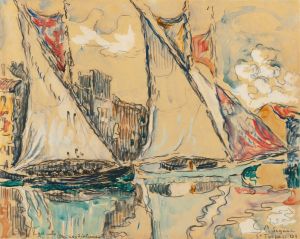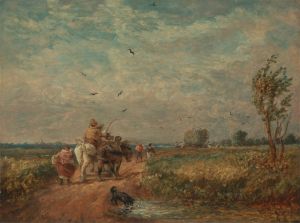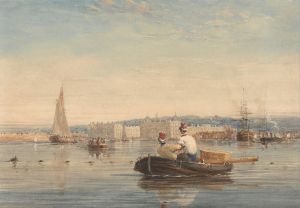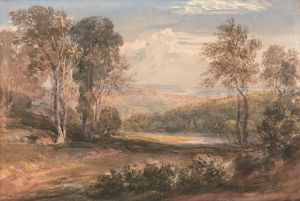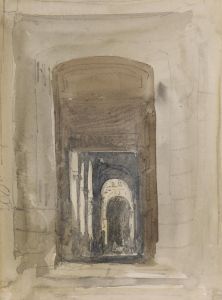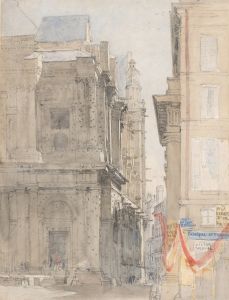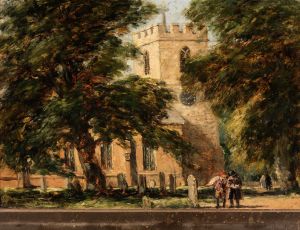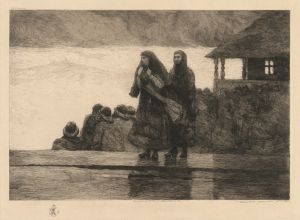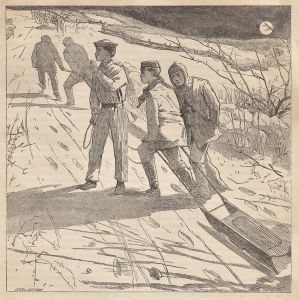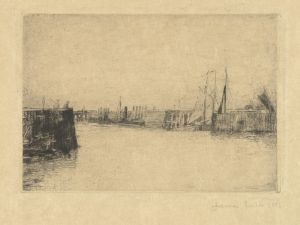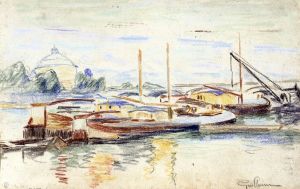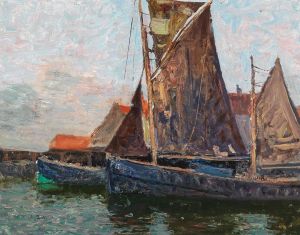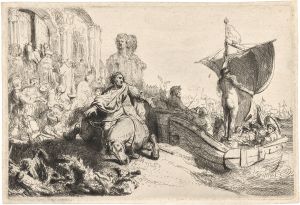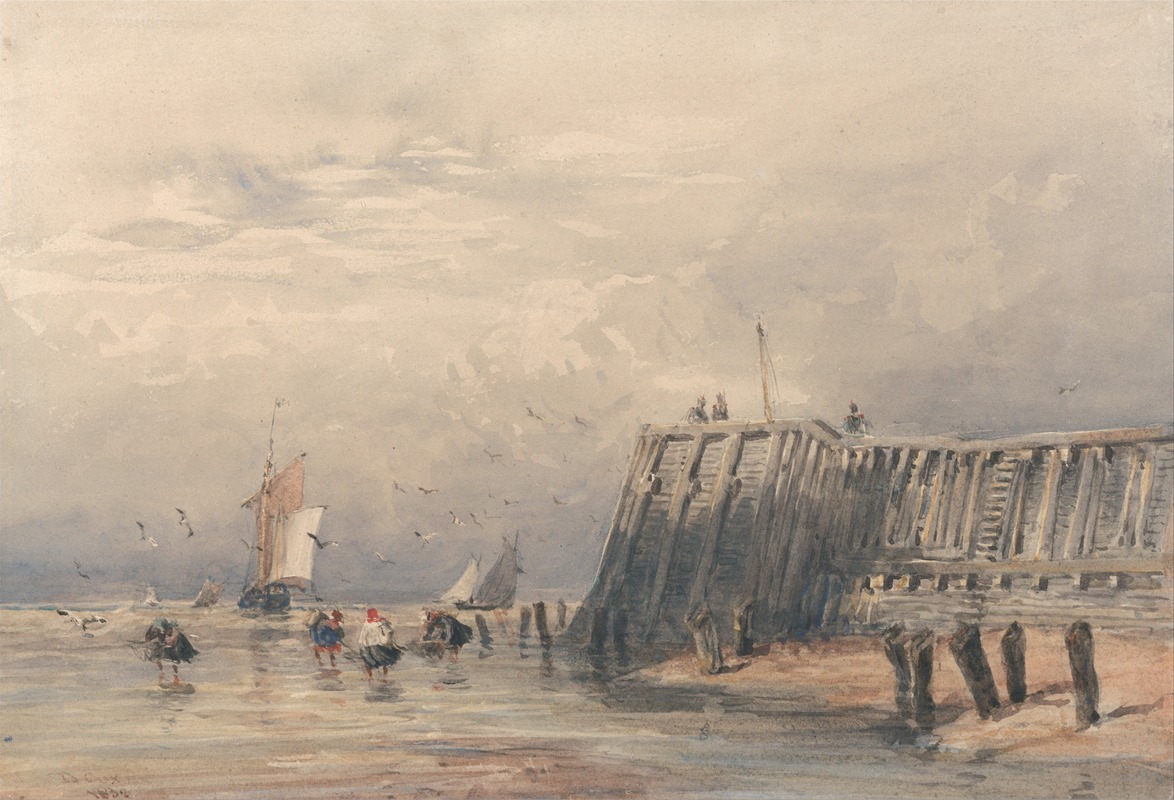
Sailing Barges and Shrimpers off a Pier
A hand-painted replica of David Cox’s masterpiece Sailing Barges and Shrimpers off a Pier, meticulously crafted by professional artists to capture the true essence of the original. Each piece is created with museum-quality canvas and rare mineral pigments, carefully painted by experienced artists with delicate brushstrokes and rich, layered colors to perfectly recreate the texture of the original artwork. Unlike machine-printed reproductions, this hand-painted version brings the painting to life, infused with the artist’s emotions and skill in every stroke. Whether for personal collection or home decoration, it instantly elevates the artistic atmosphere of any space.
David Cox was a prominent English landscape painter of the 19th century, known for his contributions to the development of watercolor painting. His work, "Sailing Barges and Shrimpers off a Pier," exemplifies his mastery in capturing the essence of the English coastal landscape. This painting is a testament to Cox's ability to portray the interplay between light, water, and human activity, a theme recurrent in his oeuvre.
"Sailing Barges and Shrimpers off a Pier" depicts a serene yet bustling scene along the coast, where sailing barges and shrimpers are engaged in their daily activities. The composition is marked by its dynamic depiction of the sea, the vessels, and the figures involved in maritime labor. Cox's use of watercolor in this piece is particularly noteworthy, as it showcases his skill in manipulating the medium to convey the translucence and movement of water, as well as the atmospheric conditions of the coastal environment.
Cox's approach to watercolor painting was innovative for his time. He employed a technique that involved the use of broad washes and a limited palette, which allowed him to create a sense of depth and immediacy. This method is evident in "Sailing Barges and Shrimpers off a Pier," where the fluidity of the watercolor medium enhances the depiction of the sea and sky, creating a harmonious balance between the natural elements and the human presence.
The painting reflects the socio-economic context of the period, capturing the essence of maritime life in 19th-century England. The presence of sailing barges and shrimpers indicates the importance of fishing and trade in coastal communities, a theme that Cox often explored in his work. By focusing on these everyday scenes, Cox provided a glimpse into the lives of ordinary people, highlighting their connection to the sea and the rhythms of nature.
David Cox was born in Birmingham in 1783 and became one of the leading figures in the Birmingham School of landscape artists. Throughout his career, he was influenced by the works of earlier landscape painters such as Thomas Girtin and J.M.W. Turner, yet he developed his own distinctive style. Cox's paintings are characterized by their loose brushwork, vibrant color, and the ability to capture fleeting moments in nature.
"Sailing Barges and Shrimpers off a Pier" is a fine example of Cox's mature work, demonstrating his continued fascination with the English landscape and his commitment to capturing its beauty and complexity. The painting not only serves as an artistic achievement but also as a historical document, offering insights into the maritime culture of the time.
Cox's legacy as a watercolorist is significant, as he played a crucial role in elevating the status of watercolor painting in England. His works are celebrated for their technical proficiency and their ability to evoke the mood and atmosphere of the natural world. Today, Cox's paintings, including "Sailing Barges and Shrimpers off a Pier," are held in high regard and can be found in major art collections and museums, where they continue to be appreciated by art enthusiasts and scholars alike.
In summary, "Sailing Barges and Shrimpers off a Pier" by David Cox is a remarkable example of 19th-century English landscape painting. Through his adept use of watercolor, Cox captures the vibrancy and vitality of coastal life, offering a window into the past and a celebration of the natural world.





